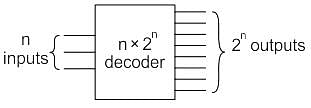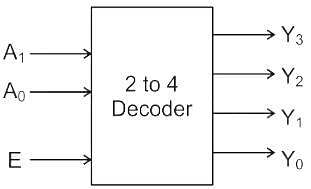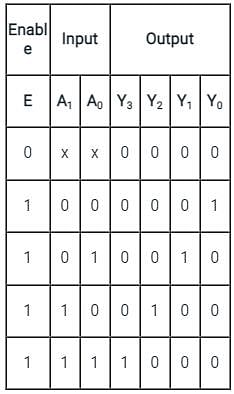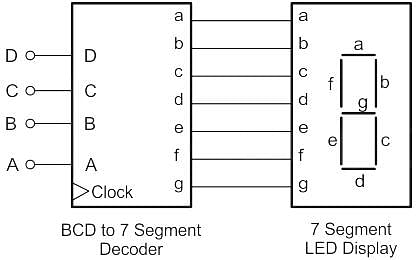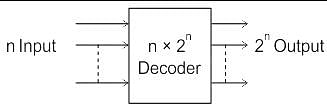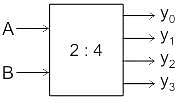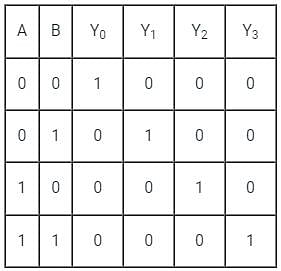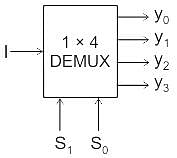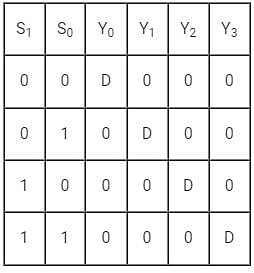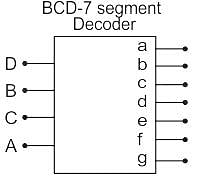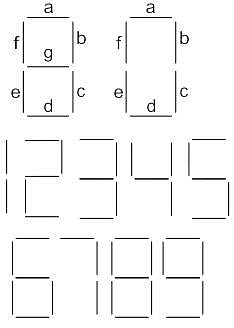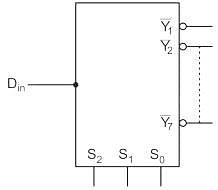Test: Decoders - Electronics and Communication Engineering (ECE) MCQ
15 Questions MCQ Test GATE ECE (Electronics) Mock Test Series 2025 - Test: Decoders
How many 3 × 8 decoders are required to Construct a 4 × 16 decoder?
A _________ is a multiple-input, multiple-output logic circuit which converts coded inputs into coded outputs, where the input and output code are different.
___________ converts binary-coded information to unique outputs such as decimal, octal digits, etc.
In a decoder, if the input lines are 4 then number of maximum output lines will be:
How many 3 × 8 line decoders with an enable input line are needed to construct a 6 × 64 line decoder without using any other logic gate?
Direction: Given question consists of two statements, one labeled as the 'Assertion (A)' and the other as 'Reason (R)'. You are to examine these two statements carefully and select the answers to these items using the codes given below.
Assertion (A): A de-multiplexer cannot be used as a decoder.
Reason (R): A de-multiplexer selects one of many outputs, whereas a decoder selects an output corresponding to the coded input.
The number of input lines in a common BCD to seven segment decoder is _____.
A 1 to 8 demultiplexer with data input Din, address inputs S0, S1, and S2, (with S0 as the LSB) and Y̅0 to Y̅ 7 as the eight de-multiplexed output, is to be designed using two 2 to 4 decoders (with enable input E and address input A0 and A1) as shown in the figure. Din, S0, S1, and S2 are to be connected to P, Q, R, and S but not necessarily in this order. The respective input connections to P, Q, R, and S terminals should be
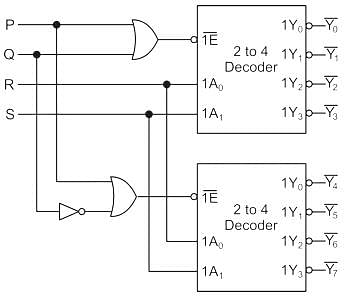
Find the number of 2 × 1 MUX (multiplexers) required to implement 16 × 1 MUX.
Which of the following represents a number of output lines for a decoder with 4 input lines?
|
25 docs|263 tests
|


